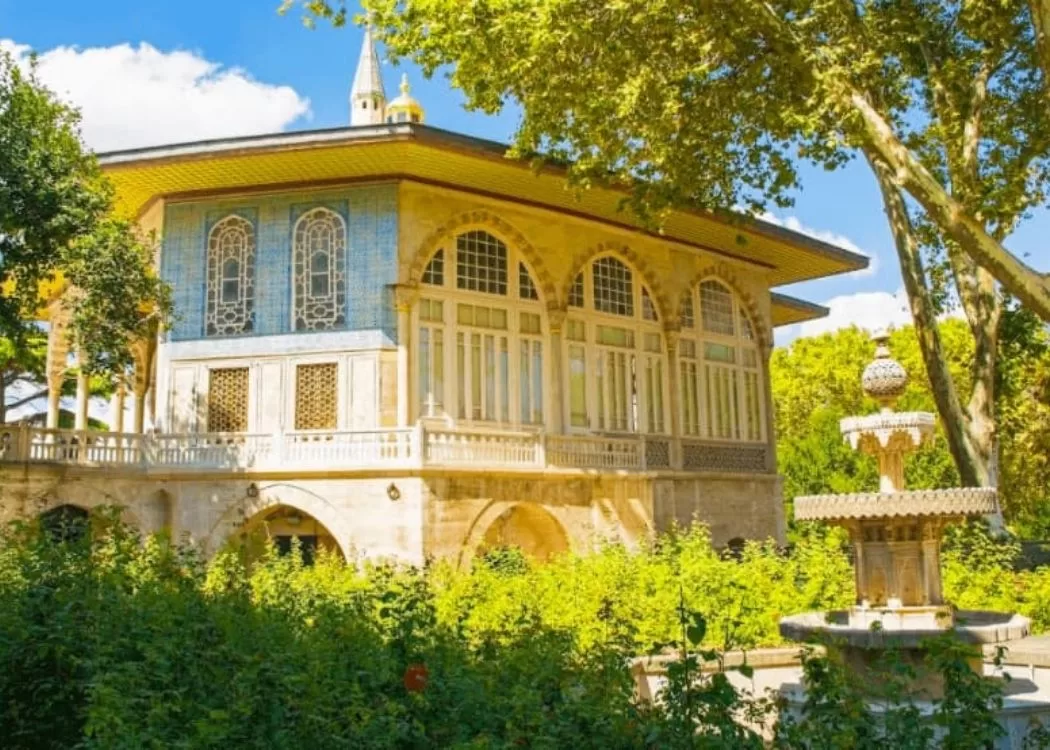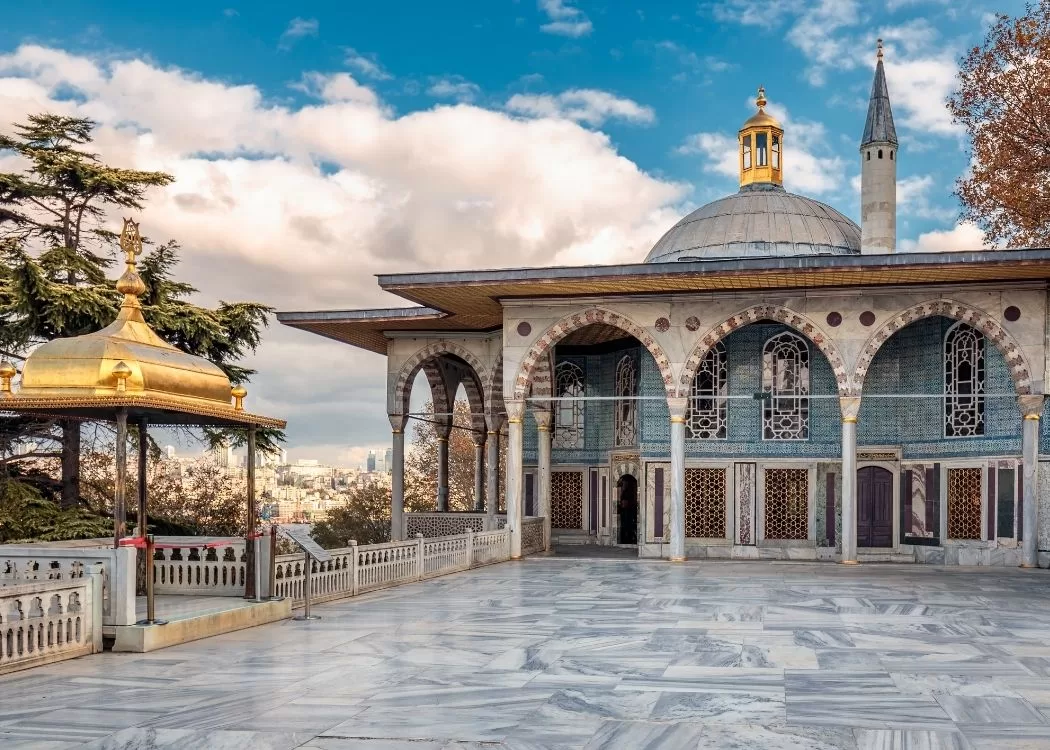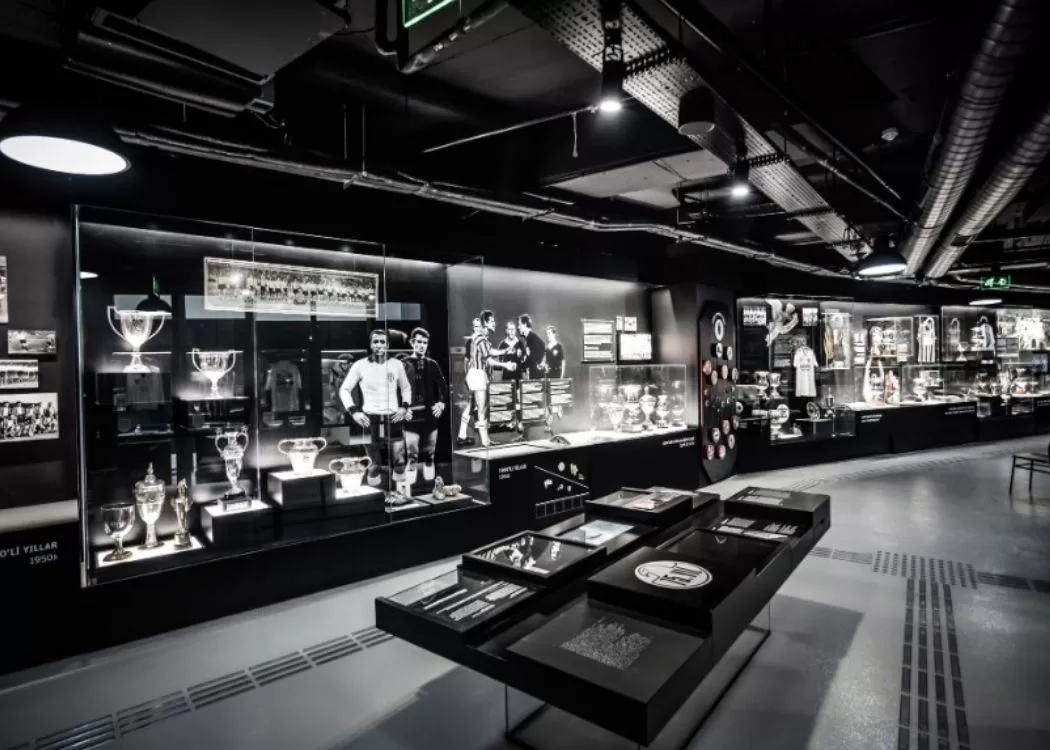
Tiled Pavillion Museum
The beautiful Tiled Pavillion exhibits the stylistic evolution of mosaic tile art during the early Ottoman period with new compositions and hues. The building’s name is derived from the tile artwork it has. There are about 2000 objects from the Seljuk and Ottoman eras, which span the 11th to the early 20th centuries. To see the amazing collection of Tiled Pavillion, join a free guided tour so you can discover every little detail!
This mansion that dates to 1472. It is located within the outer walls of Topkapı Palace and it was originally built by the command of the Ottoman Sultan II. Mehmed as a summer palace. In terms of its construction date, the oldest building in the Istanbul Archeology Museums complex is the Tiled Kiosk.
Between 1875 and 1891, it served as the Hümâyun Museum (Imperial Museum). In 1939, the building was transferred to the Topkapı Palace museum and lost its museum function. In 1953, On the occasion of the 500th anniversary of the conquest of Istanbul, it was designated as a museum again under the name of “Conqueror Museum”. It is now home to the clothes, weapons and edicts of Fatih Sultan Mehmed, the Ottoman Sultan who conquered Istanbul.
The same year, the museum’s name was changed to “The Museum of Turkish and Islamic Arts”. The Tiled Kiosk, which joined the Istanbul Archeology Museums complex in 1981, was reopened to visits in 1992.
The Tiled Kiosk’s Art and Architecture
Tiled Kiosk is a monumental building that reveals the stylistic development of mosaic tile art in the first Ottoman period with new compositions and colors. Geometric compositions and large Kufic and thuluth inscriptions increase the effect in the entrance section. The structure takes its name from the artworks of tiles that it showcases.
The Tiled Kiosk’s architect is not certain, however, some sources state that it was built by Architect Atik Sinan. It is the oldest of the civil architecture examples that Sultan Mehmed II had built in Istanbul.
Although the Tiled Kiosk was built during the Ottoman period, its architectural structure bears great traces of the Seljuk state. The Great Seljuk State was founded in Anatolia at the beginning of the 11th century and became ...
The data we are dealing with is highly valuable, and it is crucial that we verify that you are a legitimate user. Please complete the required form Guest Information for this purpose.




